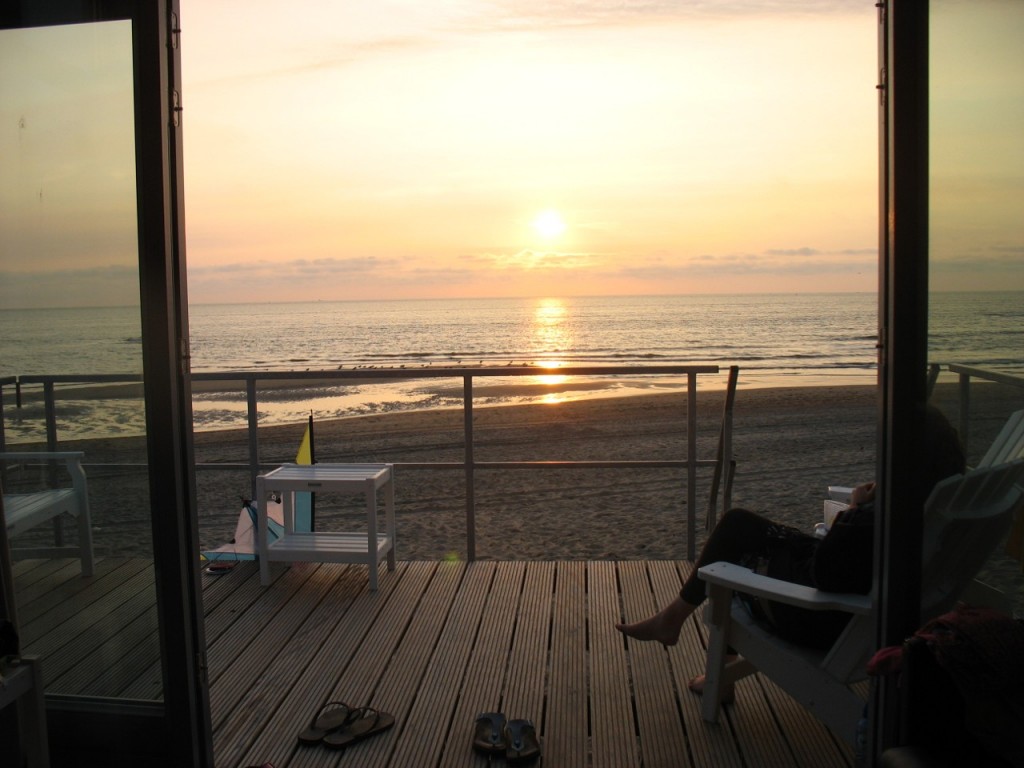I recently came across this hauntingly beatiful time-lapse view of Earth made from the ISS (the International Space Station! Yes, we have one!):
Watching this, my nostalgia flared up. You see, I’ve been addicted to science fiction ever since I can remember. It started with Buck Rogers, and the original Star Trek, and only got much worse when I discovered Arthur C. Clarke, Ray Bradbury, Isaac Asimov and Douglas Hill. I find Kubrick’s 2001 and even the sequel movie 2010 beautiful.

